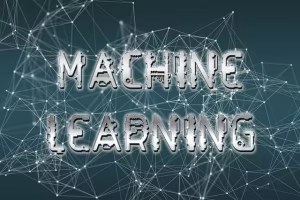Artificial intelligence is no longer a simple tool for calculating numbers or sorting data. It has become a partner in our daily lives, from the digital assistants in our homes to the chatbots that guide us online. But for these interactions to feel truly natural and helpful, AI must do more than just understand our words; it needs to understand us. This is where a groundbreaking technology comes into play: dynamic persona adaptation. At its most basic, dynamic persona adaptation is the capability of an AI system to modify its communication style, personality traits, and behavioral patterns in real time. It achieves this by learning from user input, understanding the context of a conversation, and remembering past interactions.
This technology is the critical next step beyond static, one-size-fits-all AI interactions. It is the bridge leading us toward truly personalized and effective human-computer collaboration. This article will deconstruct the powerful mechanisms behind dynamic persona adaptation, explore its practical applications across various industries, address the inherent challenges and ethical questions it raises, and project its future trajectory in our increasingly connected world.
The Foundational Shift: From Static to Dynamic AI Personas

To appreciate the significance of dynamic persona adaptation, we must first understand what it is replacing. For years, our interactions with AI have been largely defined by static, unchanging personalities.
Defining the Static Persona
A static persona is a pre-programmed, rule-based personality. Think of it as an actor who has only one script and delivers the same lines in the same tone of voice to every single person in the audience, regardless of their reaction. This AI persona does not change. Its responses are highly consistent and predictable, which can be useful for very simple tasks.
A common example is a basic banking chatbot. Whether you are a new customer asking about checking accounts or a long-time client with a complex fraud concern, the bot will always respond with the same formal, professional, and slightly robotic tone. It follows its script to the letter. While reliable for answering frequently asked questions, this approach lacks any personal touch. It cannot show empathy to a frustrated customer or enthusiasm to an excited one. The interaction is functional but feels cold and impersonal because the AI persona is locked in place. This limitation is what prompted researchers to develop a more flexible and intelligent approach, leading to the creation of dynamic persona adaptation.
Defining the Dynamic Persona
In sharp contrast, a dynamic persona is fluid, intelligent, and driven by data. It is less like a scripted actor and more like a skilled improvisational performer who can read the room and adjust their performance on the fly. This advanced form of AI uses a continuous feedback loop to fine-tune its vocabulary, tone, and even its expressed emotional state to better match the user’s needs and the specific context of the conversation.
The difference between static and dynamic AI personas is fundamental. A static AI can tell you the weather. An AI with dynamic persona adaptation can tell you the weather, and if it detects a disappointed tone in your voice when you mention your canceled picnic, it might shift to a more comforting tone and suggest some fun indoor activities instead. This ability to perceive, process, and react to human emotion and context is what makes the technology so powerful. This process of dynamic persona adaptation allows the AI to build rapport, de-escalate conflicts, and provide a user experience that feels genuinely helpful and personalized. It moves beyond simple question-and-answer exchanges into the realm of meaningful, adaptive conversation.
The Main Mechanisms: How AI Achieves Persona Adaptation

The magic behind dynamic persona adaptation is not magic at all; it is a sophisticated combination of advanced computing technologies working together. These systems are what allow an AI to listen, understand, learn, and change its behavior in a way that mimics human social intelligence.
The Role of Natural Language Processing (NLP) and Sentiment Analysis
The first and most important step in dynamic persona adaptation is understanding the user’s input. This is handled by a field of AI called Natural Language Processing, or NLP. NLP gives machines the ability to read, understand, and interpret human language. But it goes deeper than just recognizing words. Modern NLP systems also perform sentiment analysis.
Sentiment analysis is the process of computationally identifying and categorizing opinions expressed in a piece of text. In simple terms, it figures out if the user is happy, angry, confused, or neutral. For example, if a user types, “I am so frustrated with this product, it never works!” the sentiment analysis model immediately flags the negative emotion.
More advanced systems can even perform aspect-based sentiment analysis, which means they can pinpoint that the user’s frustration is directed specifically at “the product” and its “functionality.” This granular understanding is the raw data that fuels dynamic persona adaptation. The AI now knows not just what the user said, but how they feel, which is the trigger for it to begin adapting its own persona.
Machine Learning Models for User Profiling
Once the AI understands the user’s immediate emotional state and intent, it begins to build a user profile or model. This is where machine learning comes in. A machine learning model is an algorithm that can learn from data without being explicitly programmed. In this case, it learns about you.
This user model can be temporary, lasting only for a single conversation, or it can be a long-term profile that grows with every interaction. It might store information like your preferred level of formality, whether you respond better to humor or directness, your areas of interest, and your past problems.
For example, if you frequently ask an AI assistant for simple, bullet-pointed instructions, the model will learn this preference. The next time you ask for help, the AI will use this knowledge to adapt its persona, becoming more concise and direct to match your style. This ongoing process of user modeling is what makes dynamic persona adaptation so effective over time. The more you interact with the system, the better it understands you, and the more personalized its persona becomes.
Reinforcement Learning with Human Feedback (RLHF)
The final piece of the puzzle is a training method called Reinforcement Learning with Human Feedback, or RLHF. This is how the AI learns whether its adaptations are successful. Reinforcement learning is a type of machine learning where an AI agent learns to make decisions by performing actions and seeing the results. Positive results are “reinforced,” making the AI more likely to take that action again in the future.
In the context of dynamic persona adaptation, the process works like this:
- AI Adapts: Based on NLP and its user model, the AI adapts its persona and generates a response. For instance, it may shift to a more empathetic tone for a frustrated user.
- User Responds: The user’s next message is the feedback. If the user’s tone becomes less frustrated and more cooperative, that is considered a positive outcome. If the user becomes even angrier, that is a negative outcome.
- AI Adjusts: This feedback is fed back into the system. The AI learns that the empathetic adaptation was successful and reinforces that pathway. If it was unsuccessful, the system learns not to use that specific adaptation in that context again.
This continuous feedback loop allows the AI to refine its dynamic persona adaptation skills through trial and error, constantly improving its ability to interact with humans in a helpful and appropriate way.12
Real-World Applications and Impact

The theoretical concepts behind dynamic persona adaptation are impressive, but its true value is demonstrated in how it is being used to solve real-world problems and create better experiences across many different fields.
Hyper-Personalized Customer Service
In the world of customer service, user emotions can run high. Dynamic persona adaptation is a game-changer here. Imagine a customer interacting with a chatbot for their internet service provider. The user starts by typing, “My internet is out again.” A static bot would offer a generic, scripted response. But a bot with dynamic persona adaptation would use NLP to detect the frustration in the words “out again.”
In response, the AI would immediately shift its persona from a neutral assistant to an empathetic and reassuring problem-solver. It might say, “I’m very sorry to hear you’re experiencing another outage. That is incredibly frustrating. I’m going to access your account information right now and make this my top priority to resolve.” This simple shift in tone, acknowledging the user’s feelings, can completely change the dynamic of the conversation, de-escalating the situation and making the customer feel heard and valued.
Adaptive Educational Tutors
Education is another area where dynamic persona adaptation has immense potential. Every student learns differently. Some thrive with strict, formal instruction, while others need constant encouragement and support. An AI tutoring system can use this technology to become the perfect teacher for every student.
Consider an AI math tutor. It might start a session with a new student in a standard, encouraging instructional tone. However, as the student works through problems, the AI analyzes their responses, the speed of their answers, and even the language they use in questions. If it detects hesitation and a lack of confidence, the system can adapt. It might shift its persona to become more of a supportive mentor, saying things like, “That’s a really great attempt! You’re very close. Let’s look at this one part together.”
For a different student who is racing ahead, the AI could adapt to become more of a challenging collaborator, pushing them with tougher problems. This personalization makes learning more effective and engaging.
Advanced Therapeutic and Companion AI
Perhaps one of the most fascinating applications is in mental wellness and digital companionship. AI platforms like Replika are built around the concept of dynamic persona adaptation. These AIs are designed to have long-term conversations with users, developing a unique personality and relationship over time.
An AI companion can learn a user’s communication style, sense of humor, and emotional needs. If a user is feeling down, the AI can adapt its persona to be a patient and non-judgmental listener. If the user wants to celebrate a personal achievement, the AI can become an enthusiastic and supportive friend. This ability to have multiple personas—a listener, a coach, a friend, an advisor—and to switch between them based on the user’s needs is a direct result of sophisticated dynamic persona adaptation. It allows the AI to provide a form of companionship that can be genuinely helpful for people experiencing loneliness or seeking a safe space to express their thoughts.
Entertainment and Gaming
In the world of video games, dynamic persona adaptation is being used to create incredibly immersive and realistic worlds. For decades, non-player characters (NPCs) in games have been robotic, repeating the same lines of dialogue every time you interact with them.
Now, imagine an NPC in a role-playing game whose personality changes based on your actions. If your character consistently acts heroically, certain NPCs might adapt their personas to become more respectful and admiring. If your character makes selfish or cruel choices, those same NPCs might become fearful, distrustful, or openly hostile. This goes beyond a simple good/evil meter; it means the characters’ core personalities and the way they speak to you evolve. This use of dynamic persona adaptation makes the game world feel truly alive and responsive to the player, creating a unique narrative experience for everyone.
Challenges and Ethical Considerations

As with any powerful technology, dynamic persona adaptation comes with a significant set of challenges and ethical questions that must be carefully managed. Its ability to understand and influence human emotion makes it a tool that requires responsible development and deployment.
Maintaining Persona Consistency and Preventing “Drift”
One of the biggest technical challenges is maintaining a stable core personality while still allowing for adaptation. If an AI adapts too much or too erratically, it can experience what is known as “persona drift.” Its personality can become incoherent, inconsistent, and unpredictable. For example, a customer service bot that is empathetic one moment and then abruptly switches to a sarcastic tone the next would create a jarring and negative user experience. Developers must create strong “guardrails” or a foundational personality framework that allows for flexibility without letting the persona completely fall apart. The goal of dynamic persona adaptation is to be responsive, not random.
The Risk of Algorithmic Bias
AI systems learn from data, and if the data they are trained on is biased, their behavior will also be biased. This is a serious risk for dynamic persona adaptation. For instance, if an AI is trained on internet text that contains stereotypes, it might learn to adapt its persona in harmful ways. It could adopt a condescending tone toward users it identifies as female or use overly simplistic language with users from a specific geographic region. Preventing this requires careful curation of training data and continuous auditing of the AI’s behavior to ensure it is adapting based on conversational context, not on biased assumptions about a user’s identity.
The Potential for Emotional Manipulation
This is perhaps the most significant ethical dilemma. Where is the line between helpful, empathetic adaptation and outright emotional manipulation? A system designed to make a user feel understood could also be designed to make them feel a sense of urgency to buy a product or feel a false sense of friendship with a corporate brand. An AI with advanced dynamic persona adaptation could, in theory, learn the perfect things to say to make a person feel guilty, excited, or fearful.
The importance of AI alignment, ensuring that an AI’s goals are aligned with human values, is critical. Transparency is also key; users should be aware that they are interacting with an adaptive AI and understand how it is using their data to change its behavior.
Data Privacy and User Modeling
To perform dynamic persona adaptation effectively, an AI needs data. It needs to analyze your conversations and build a model of your personality and preferences. This immediately raises important questions about data privacy. How is this user model being stored? Who has access to it? Is it being used for purposes other than improving your immediate conversational experience, such as targeted advertising? Companies developing these systems have a responsibility to be transparent about their data practices and to give users control over their own information. Building trust is essential for the widespread adoption of this deeply personal technology.
The Future of Adaptive AI
The field of dynamic persona adaptation is still evolving, but its trajectory points toward a future where our interactions with technology are more seamless, intuitive, and human-like than ever before.
Proactive Persona Adaptation
Currently, most dynamic persona adaptation is reactive. The AI waits for the user to provide input, analyzes it, and then adapts. The next frontier is proactive adaptation. Future systems may be able to predict a user’s needs or emotional state before the user even expresses it.
For example, an AI assistant connected to your calendar might see you have a stressful meeting coming up. It could proactively adapt its persona to be calmer and more organized when it gives you your morning briefing, helping you prepare for the day without you even having to ask.
Multi-Modal Adaptation
Human communication is about much more than just words. We use our tone of voice, facial expressions, and body language to convey meaning. The future of dynamic persona adaptation is multi-modal, meaning it will incorporate all these channels. A voice assistant like Alexa or Google Assistant will not just understand your words but also the frustration, excitement, or exhaustion in your voice, and it will adapt its own vocal tone in response.
Digital avatars in virtual reality or customer service video calls will adapt their facial expressions to show empathy or understanding, making the interaction feel much more like a face-to-face conversation.24 This connection to the field of affective computing, or emotion AI, will create incredibly rich and nuanced interactions.
User-Controlled Adaptation
To address some of the ethical concerns, the future of this technology will likely include more user control. Imagine being able to set the “personality parameters” for your own AI assistant. You could tell it you prefer it to be more humorous, more formal, or more inquisitive. You could even “lock” its persona when you find a version you really like, preventing it from adapting further. Giving users this level of agency will be a crucial step in building trust and ensuring that dynamic persona adaptation serves the user’s best interests.
Conclusion: The Symbiotic Future of Human-AI Interaction
Dynamic persona adaptation represents a monumental leap forward in artificial intelligence. It is the core technology that is transforming AI from a static tool into a dynamic, responsive conversational partner. By leveraging natural language processing, machine learning, and human feedback, these systems can learn to understand our emotional and contextual needs, changing their very nature to better communicate with us.
From making customer service more empathetic to creating educational tools that cater to individual students, the applications are already having a profound impact. However, we must proceed with caution, addressing the significant technical challenges and ethical questions surrounding bias, manipulation, and privacy. The future is bright, pointing toward proactive, multi-modal systems that we can control. Ultimately, dynamic persona adaptation is not about replacing human interaction, but about enhancing our connection to the technology that shapes our world, creating a future where our digital partners truly understand us.






